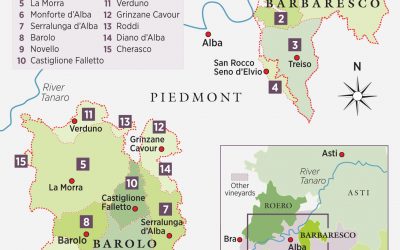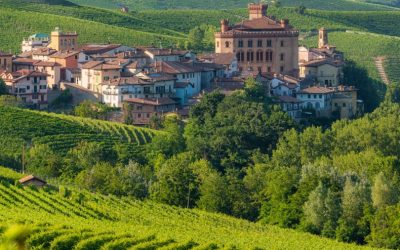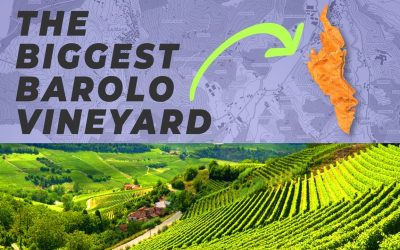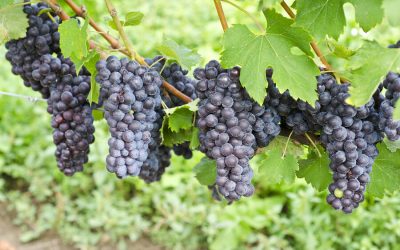What is Barolo: Its Speciality, Comparisons, and Characteristics
What is Barolo? An Introduction to Italy’s Greatest Wine
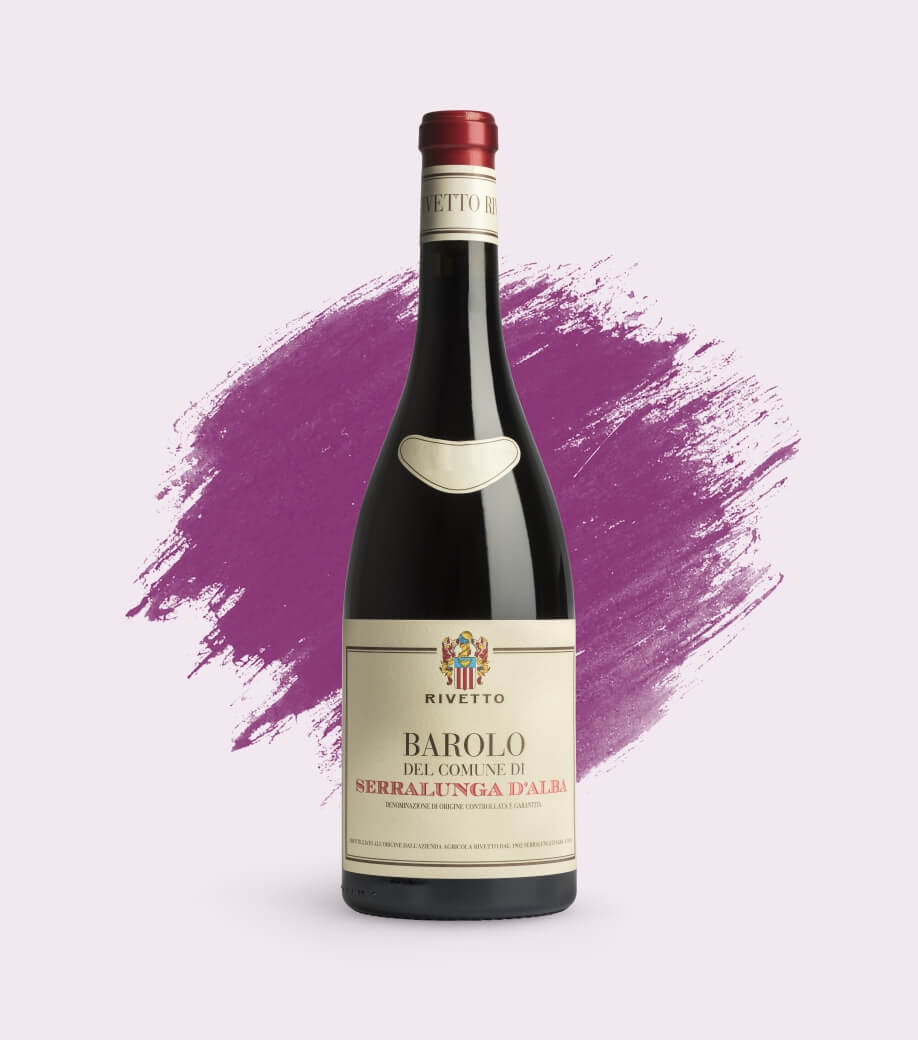
Barolo is a robust, full-bodied red wine made from the Nebbiolo grape in the Piedmont region of northern Italy. It is renowned for its deep garnet color, which lightens to brick orange as the wine ages, and its complex aroma that can include roses, cherries, tar, and truffles.
The aging requirements you mentioned are absolutely correct, and they are a crucial part of what defines Barolo as a wine. In order to qualify as Barolo under the DOCG (Denominazione di Origine Controllata e Garantita), Italy’s highest designation of quality, the wine must be aged for at least 38 months from the date of harvest, with at least 18 months in oak. For Riserva Barolo, this extends to 62 months aging.
Why is Barolo so Expensive?
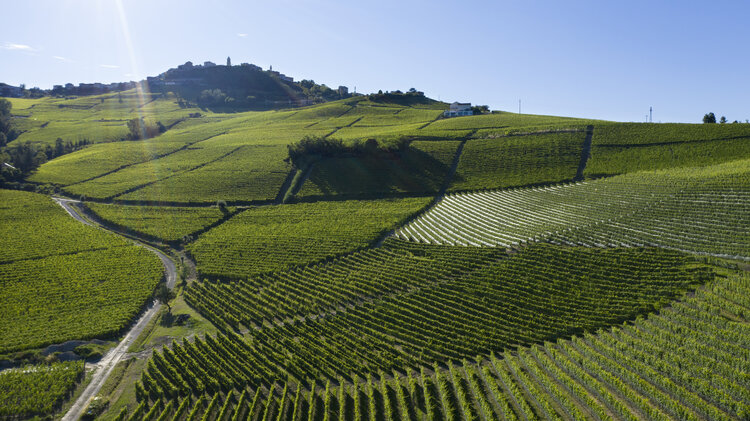
Barolo’s expense comes from a combination of factors. Firstly, the Nebbiolo grape is notoriously hard to grow, requiring specific soil types and climate conditions. Additionally, the production process is lengthy and labor-intensive, including mandatory aging periods. Finally, the demand for Barolo often exceeds the supply, due to the small geographical area where it is produced, which can drive up prices.
Why is Barolo so Special?
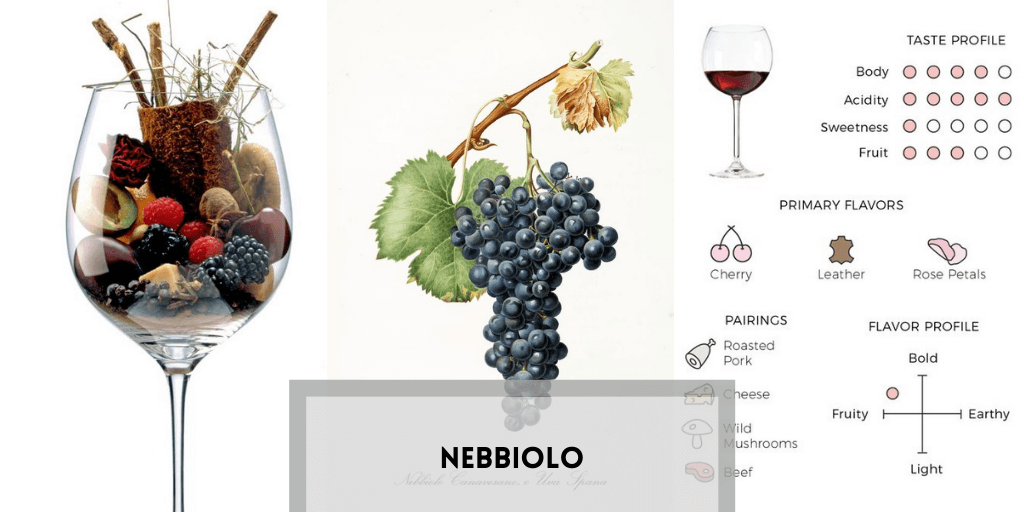
The uniqueness of Barolo comes from its specific terroir – the combination of soil, climate, and topography in the Piedmont region. It has a strong character and distinctive flavour profile, with notes of roses, cherries, tar, and, with age, truffles and leather.
What is so special about Barolo?
Barolo is special for a number of reasons. It’s produced from the Nebbiolo grape which is native to Italy and particularly difficult to grow elsewhere. The wine is known for its complex flavors, which can include roses, cherries, tar, and truffles, and its ability to age for many years. Moreover, Barolo comes from a specific and very limited geographical area in the Piedmont region, adding a rarity factor.
What are the rules for Barolo wine?
Barolo is subject to stringent rules set by the DOCG (Denominazione di Origine Controllata e Garantita). The wine must be made from 100% Nebbiolo grapes grown in the designated Barolo area in Piedmont (Discover Characteristics of Nebbiolo). The wine must also be aged for at least 38 months from the 1st of November of the year in which the grapes were harvested. Of these, it must spend at least 18 months in wooden barrels. If the wine is labeled as Riserva, it must be aged for at least 62 months.
Barolo’s Complexity and Power
Barolo’s richness and power come from the Nebbiolo grape, the main in Barolo, which contributes high levels of both tannin and acid. This results in a wine that is both robust and balanced, with a structure that allows it to age gracefully over decades. The high acidity and tannins provide structure and longevity, while the complex aroma profile offers depth and intrigue.
Barolo’s Austere Youth
As you rightly pointed out, Barolo can be quite austere in its youth. This is due to the high tannin content, which can make young Barolo wines taste dry and astringent. This is one of the reasons why Barolo benefits from extended aging, which allows the tannins to soften and the complex flavors to fully develop. Over time, the harsh tannic structure mellows, and the wine develops a silky texture that complements its complex flavors.
However, modern winemaking techniques have seen some producers create Barolo styles that are more approachable in their youth, while still retaining the capacity for long aging.
In conclusion, Barolo is a wine that rewards patience and offers a depth of experience that is truly unique. Its combination of power and complexity, richness and elegance, has rightfully earned it a place among the world’s most respected wines.
Barolo: An Introduction to Italy’s Greatest Wine
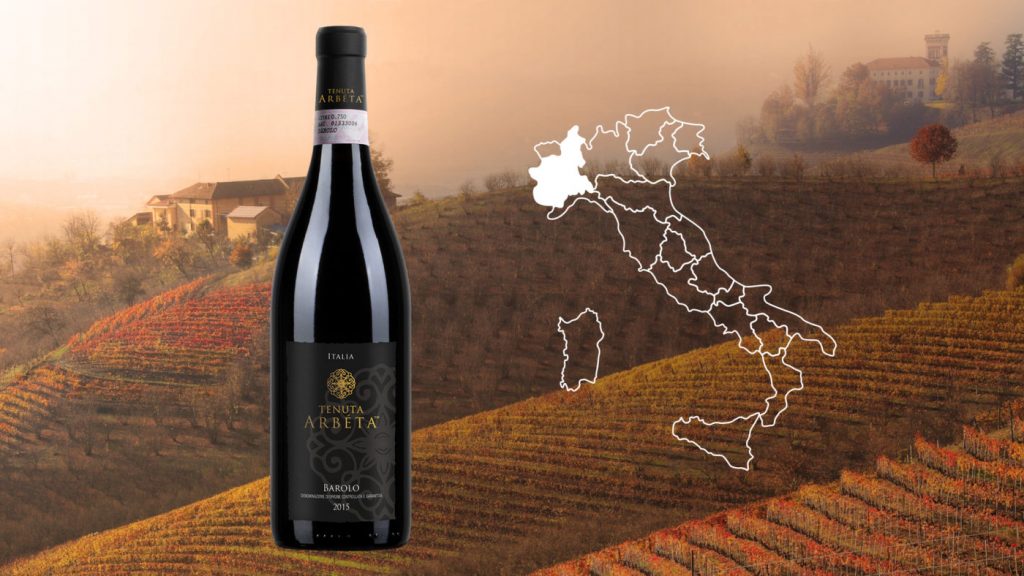
Barolo is one of the most revered wines in the world, heralded as Italy’s “King of Wines” and “Wine of Kings”. It is made in the northern Italian region of Piedmont, primarily around the small town of Barolo, from which it gets its name.
Speciality of Barolo
The specialty of Barolo lies in its unique characteristics, which are a product of its terroir, grape variety, and the strict rules that govern its production. Made exclusively from Nebbiolo grapes grown in the Langhe region of Piedmont, Northern Italy, Barolo wine showcases the unique soil composition and microclimate of this region. The Nebbiolo grape gives Barolo a high tannin content and acidity, which allow the wine to age for decades, developing complex and evolving flavors over time. The stringent production rules, requiring minimum aging periods in both barrel and bottle, contribute to its deep flavors and robust structure. Known as the “King of Wines”, Barolo’s prestige and full-bodied, complex profile mark it as one of the world’s most esteemed wines.
1. Grape Variety: Barolo is made exclusively from the Nebbiolo grape, a variety native to Italy and particularly difficult to cultivate elsewhere. The name “Nebiolo” derives from the Italian word “nebbia,” which means fog, referring to the fog that settles over the Piedmont region during harvest.
2. Location and Terroir: Barolo is produced in a specific and limited geographical area in the Langhe region of Piedmont, Northern Italy. The complex soil composition, combined with the area’s microclimate, lends the wine its unique and varied characteristics.
3. Aging Potential: Barolo has incredible aging potential. The high tannin content and acidity level allows Barolo to age gracefully for decades, during which the wine’s flavors evolve and become more complex.
4. Stringent Production Rules: Barolo wines must adhere to strict rules set by the DOCG. This includes a requirement for the wine to be aged for a minimum of 38 months after harvest, with at least 18 months spent in oak barrels. Riserva Barolo requires even longer aging – a minimum of 62 months.
5. Flavor Profile: Barolo is known for its rich, complex flavors. Initial notes often include tar, roses, cherries, and truffles. As the wine ages, these flavors can evolve into hints of leather, tobacco, violets, and prunes.
6. Structure: Barolo is a full-bodied wine with high tannin and acidity levels. This gives the wine a powerful, robust structure that can be austerely tannic in its youth but mellows out as the wine ages.
7. Prestige: Barolo is often referred to as the “King of Wines” and the “Wine of Kings”. This is not only because of its exceptional quality and characteristics but also because it was historically associated with the nobility of Piedmont. Today, it’s considered one of the world’s finest and most prestigious wines.
Barolo Comparisons and Characteristics
Is Barolo like Cabernet Sauvignon or Pinot Noir?
In some ways, Barolo has been compared to both. It has the tannin structure and aging potential of Cabernet Sauvignon, while its aromatic complexity and delicacy can be somewhat likened to Pinot Noir. However, Barolo is its own unique expression and offers a completely different flavor profile.
Is Barolo a Brunello?
No, Barolo and Brunello are two different types of wines from two different regions of Italy. Brunello is made from the Sangiovese grape in the town of Montalcino, in Tuscany.
Is Barolo The King of Wines? Why is Barolo called the King of Wines?
Barolo is often referred to as the “King of Wines” due to its complexity, richness, and aging potential. It’s a wine that demands time, both in terms of the aging process and the drinking experience. These characteristics, along with its deep history and association with the nobility of Piedmont, have earned it this regal nickname. The robust character, full body, and rich tannins of Barolo, combined with its capacity to age and develop over decades, have contributed to its reputation as one of Italy’s, and the world’s, finest wines.
What is the Taste of Barolo?
The taste of Barolo can vary depending on its age. Young Barolos can be richly tannic with flavors of cherries and roses, while older Barolos tend to have a more balanced structure with flavors of dried fruit, tobacco, truffle, and leather.
Is Barolo a Heavy Wine?
Barolo is a full-bodied red wine, often considered heavy due to its high tannins and acidity. However, despite its structure, it retains an elegance and aromatic complexity that make it quite balanced.
Is Barolo Sweet or Dry?
Barolo is a dry wine, not sweet. It’s made from fully ripe Nebbiolo grapes and fermented until all the sugar is converted into alcohol.
Is Barolo a Dessert Wine?
No, Barolo is not a dessert wine. It is a dry red wine that is typically served with savory dishes like truffles, braised meats, and rich pastas.
In conclusion, Barolo is a complex, full-bodied red wine that is highly prized for its aging potential and its deep, complex flavor profile. It is a testament to the beauty of the Nebbiolo grape and the rich terroir of the Piedmont region.
